Advertisement
Nestled high in the misty peaks of the Andes, Machu Picchuthe last known refuge of the Incascontinues to captivate with its mystery and allure. Rediscovered in 1911, this remarkable site was hidden for centuries by dense jungle and rugged mountains, drawing explorers and history lovers from around the world. More than just an archaeological marvel, Machu Picchu represents the resilience, engineering genius, and spiritual depth of the Inca civilization.
Beyond the famous ruins, the trek from Cusco through the Sacred Valley and along the Inca Trail goes quite beyond the limits of wearing into an intimate look at the lives and legacies of the long-lost ancestors of the Andean people. This adventure gives visitors but one solitary chance to see the heights of Incan achievement firsthand.
Machu Picchu is one of the magnificent examples of ancient engineering and architecture. It was constructed during the 15th century, during the reign of the Inca emperor Pachacuti. It is a wonderful example of the construction skills possessed by its developers. Strategically, it was situated over the mountain ridge at an altitude of 7,970 feet and above the Sacred Valley; the valley is considered sacred as it commanded a significant view of the Sacred Valley. The Incas formed their buildings from granite stones fitted together so precisely that no mortar was necessary, a technique that has contributed to their astonishing preservation over the centuries. Earthquakes that so often hit the region fail to damage such structures since the stones just resettle, proving the Inca's deep understanding of their environment and resilience in construction.
Though often called the "Lost City of the Incas," Machu Picchu was likely a royal estate or a sacred religious site rather than a bustling city. Still, it has fascinated scholars with its labyrinthine layout and well-preserved temples, plazas, and terraces. Key sites within Machu Picchu, such as the Temple of the Sun, the Intihuatana Stone (believed to have served as a solar clock), and the Room of the Three Windows, hold significant clues to Incan cosmology and religious practices. Many believe Machu Picchus purpose was deeply spiritual, with its construction aligning with key astronomical events, as evident in the placement of stones that mark the summer and winter solstices.
Most travelers journeys to Machu Picchu begin in Cusco, once the capital of the Inca Empire. Cusco, with its cobblestone streets and fusion of Inca and colonial Spanish architecture, serves as an immersion into the rich tapestry of Andean culture. Venturing from Cusco, travelers follow the path into the Sacred Valley, a fertile region stretching between the towns of Pisac and Ollantaytambo. This valley not only offers breathtaking landscapes but also contains several Incan ruins that provide context to the Incan way of life and their agricultural ingenuity.
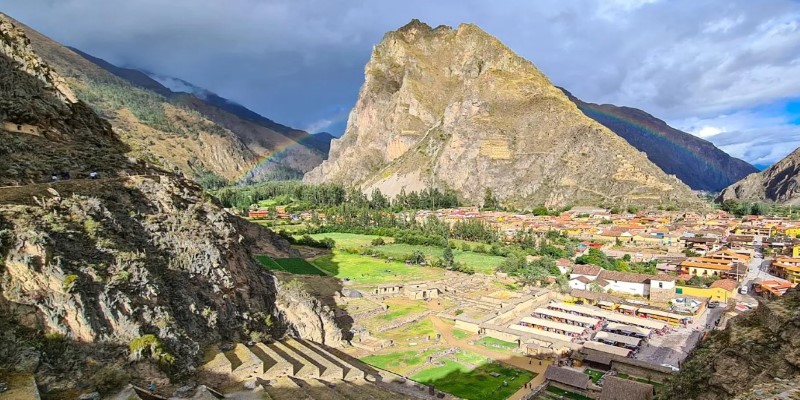
Pisac is one of the valley's gems, where you can find vibrant markets and a set of Inca ruins perched high on a hillside. These ruins contain agricultural terraces, ceremonial baths, and stone buildings that stand as testaments to Incan craftsmanship. Further along, lies Ollantaytambo, a town remarkably intact from Inca times. Its fortress was the site of one of the few successful battles against the Spanish. The terraces and storehouses here reveal the Inca's advanced irrigation and food storage techniques, which are critical for sustaining large populations in high-altitude conditions.
Traveling through the Sacred Valley is a window into the day-to-day existence of the Incas, far removed from Machu Picchus royal and ceremonial aura. This journey not only sets the stage for Machu Picchus majesty but enhances the cultural and historical significance of whats to come.
For those seeking an adventurous approach, the Inca Trail is the ultimate pilgrimage to Machu Picchu. This ancient trail spans roughly 26 miles and winds through a series of mountain passes, cloud forests, and Inca ruins, culminating in an unforgettable arrival at the Sun Gate (Intipunku) overlooking Machu Picchu. The trail is not only physically challenging but rich in historical value, with stops at significant sites like Wiay Wayna, an Incan archaeological complex that hints at the elaborate planning of the Inca Empire.
The Inca Trail is a demanding yet rewarding journey, blending physical endurance with moments of peaceful connection to the Andes. Guided by stories of Incan history and tradition, travelers move along paths that echo the past. Upon reaching the Sun Gate, where Machu Picchu appears through the mist, a profound sense of accomplishment completes the trek's significance. With limited permits to preserve the trail, this journey offers a rare, respectful approach to the lost city in the footsteps of the Incas.
Machu Picchu is not only a marvel of the past but also a living heritage site with ongoing challenges in conservation. Since being named a UNESCO World Heritage Site, efforts have been made to protect and preserve the ruins from the wear and tear of tourism, weather, and natural erosion. To manage the impact, the Peruvian government has introduced regulations limiting daily visitors and establishing designated pathways to minimize contact with sensitive areas. These measures aim to preserve Machu Picchu for future generations without detracting from its majesty and accessibility for todays travelers.

Local communities and conservationists work tirelessly to protect the unique biodiversity of Machu Picchu's sanctuary, safeguarding rare flora and fauna. Conservation programs and reforestation efforts help preserve native vegetation, balancing the needs of tourism with environmental sustainability. As Machu Picchu draws countless visitors each year, sustainable tourism practices encourage a mindful approach, reminding travelers that this site is more than ancient ruins; it's a living heritage deeply connected to the land and the Inca culture.
The journey to Machu Picchu offers more than scenic views; its a step into the enduring spirit of the Inca civilization. Traversing from Cusco through the Sacred Valley and the Inca Trail, travelers connect with history, culture, and the remarkable achievements of this ancient society. Machu Picchu stands as a testament to Incan resilience, innovation, and spirituality. Leaving this lost city, visitors carry with them a profound respect for the past and the living legacy of the Incas.
Advertisement

By Vicky Louisa/Mar 17, 2025

By Pamela Andrew/Mar 17, 2025
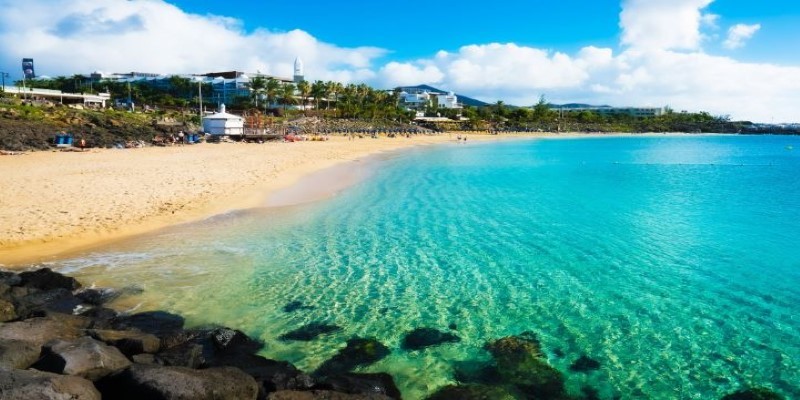
By Jennifer Redmond/Dec 13, 2024

By Triston Martin/Feb 28, 2025

By Madison Evans/Jan 20, 2025
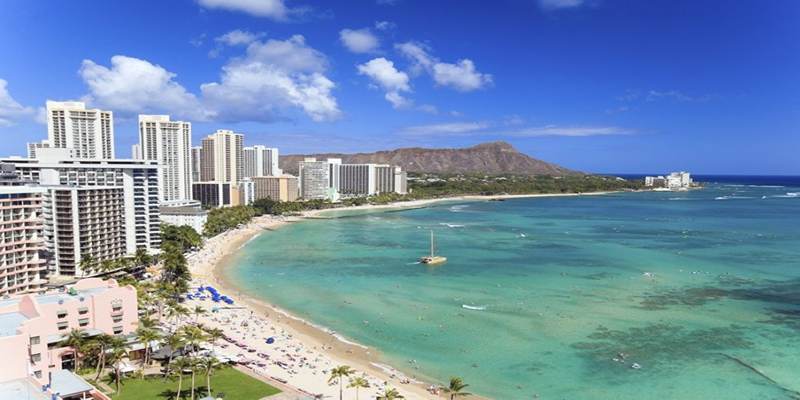
By Celia Kreitner/Jan 23, 2025
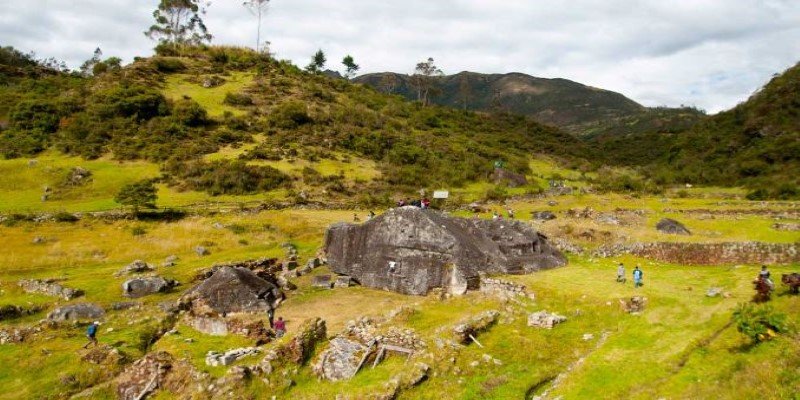
By Mason Garvey/Dec 06, 2024

By Nancy Miller/Jan 03, 2024

By Nancy Miller/Jan 20, 2025

By Kristina Cappetta/Mar 18, 2025

By Nancy Miller/Mar 18, 2025
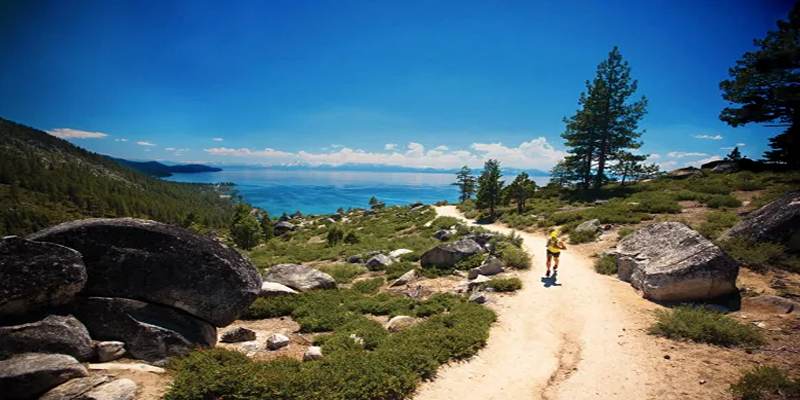
By Mason Garvey/Jan 23, 2025